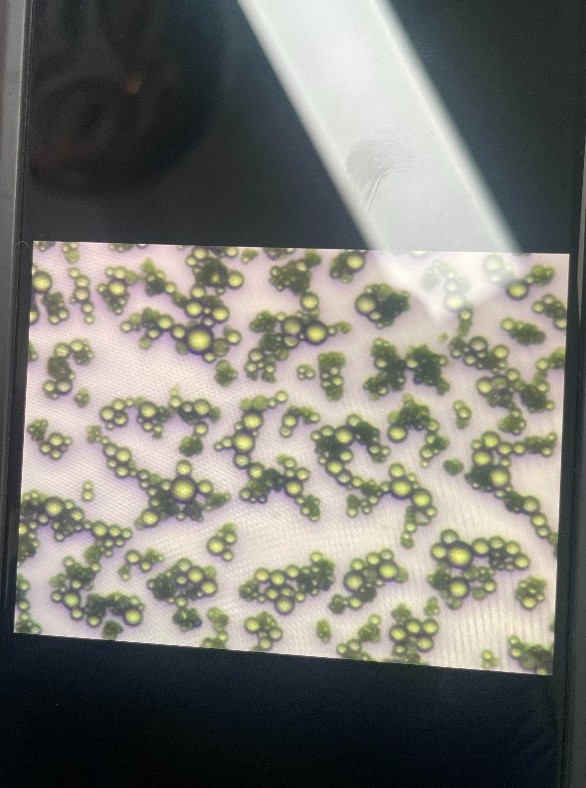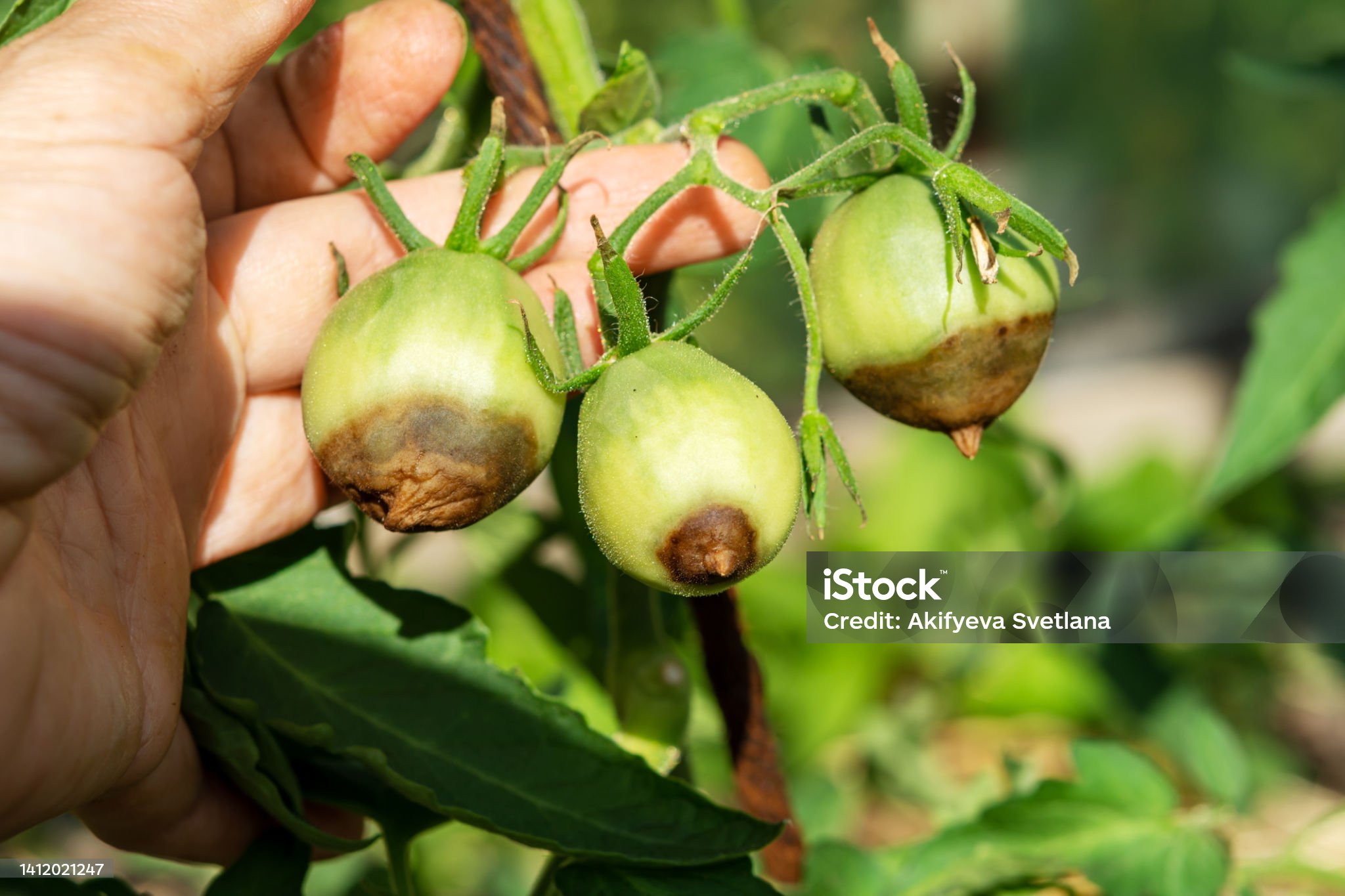
Soft rot
Soft rot is one of the most common and serious diseases that cause serious damage to many types of crops, from vegetables, fruit trees, to flowers. This disease not only causes great loss in productivity but also affects the quality of agricultural products, reducing their commercial value. In particular, in hot and humid climates, soft rot can spread very quickly and become a serious threat to farmers.
In this article, we will learn about the causes, symptoms, effects and prevention measures of soft rot, helping growers better understand how to deal with this disease effectively.
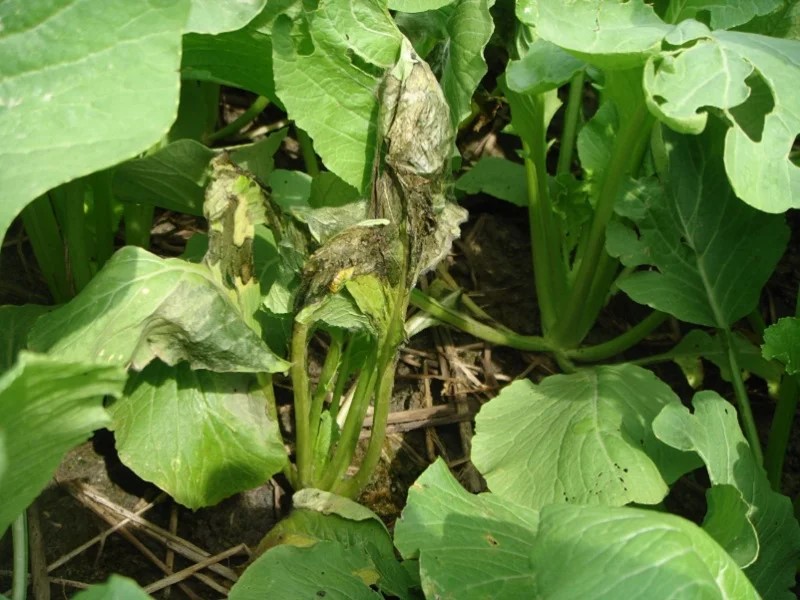
1. Causes of soft rot
Soft rot is mainly caused by the bacteria Erwinia carotovora. This is a very common bacteria and spreads easily in humid conditions. This bacteria can survive in soil, water, or in infected plant residues from previous crops. When encountering favorable weather conditions such as heavy rain, high humidity, and temperatures of 25-30°C, bacteria will multiply rapidly and attack plants.
Erwinia carotovora bacteria often enter plants through wounds caused by pests, insects, or natural cracks on the surface of the plant. When entering, they secrete enzymes that destroy the cell structure of the plant, causing cell tissue to decompose and leading to soft rot.
2. Symptoms of soft rot
Soft rot can affect many parts of the plant, from stems, leaves, tubers, to flowers and fruits. Symptoms often vary depending on the type of plant and the part infected, but they all have in common the appearance of soft, oozing, foul-smelling rot.
2.1. On leaves and stems
When soft rot attacks leaves and stems, you will initially see the lesions appear as small, wet spots. These spots then spread, causing the leaves to rot, soften and become limp. Sometimes the spots are dark green or brown, with a large water halo around the spots. Infected leaves dry out quickly and fall off.
On the stem, soft rot causes soft rot, making the plant brittle and unable to grow normally.
2.2. On fruits and tubers
Fruits infected with soft rot often have soft, moist spots that gradually decompose into soft, black or brown patches. These rots often spread quickly, causing the entire fruit to rot and have an unpleasant odor. For tubers, such as potatoes or carrots, soft rot causes the tubers to become soft, watery and very susceptible to spoilage during storage or transportation.
Leafy vegetables such as cabbage, lettuce, and cucumbers are also susceptible to soft rot at the base and leaves, especially when the plants are grown in wet soil or have had a lot of rain.
3. Harmful effects of soft rot disease
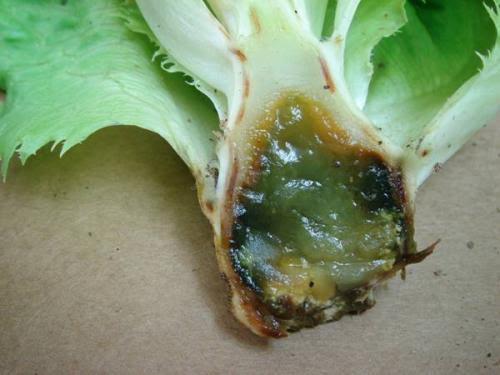
Soft rot causes great damage to growers because it reduces the yield and quality of agricultural products, and causes economic losses due to the removal of damaged plants or fruits. Fruits and vegetables infected with soft rot not only lose their commercial value but also risk spreading to other crops in the same garden or field.
In severe cases, soft rot can spread very quickly, causing farmers to lose the entire crop if there are no timely control measures. In particular, in humid and rainy weather conditions, soft rot becomes more difficult to control, causing heavy losses to the agricultural sector.
4. Conditions for disease occurrence
Soft rot develops strongly in humid and high temperature conditions. In particular, vegetable and fruit gardens that are not properly irrigated, low-lying land or flooded for a long time are favorable environments for bacteria to grow. The disease also easily breaks out in the rainy season when the humidity increases and water stagnates in the fields and gardens.
Plants damaged by pests, insects, or injured during harvesting and pruning are also susceptible to soft rot. In addition, not cleaning work tools properly and not destroying diseased plant residues are also causes of rapid disease spread.
5. Measures to prevent soft rot
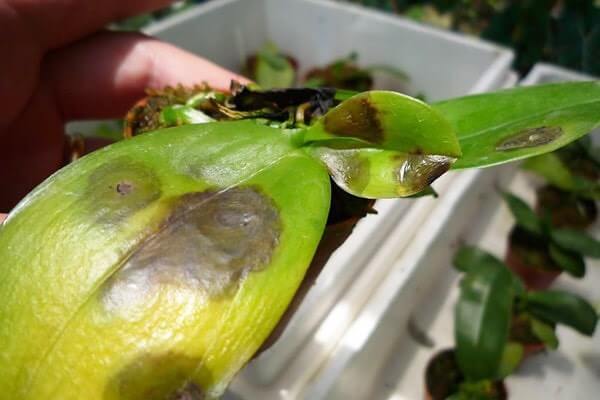
5.1. Cultivation measures
Irrigation water management: It is necessary to control the amount of water for irrigation, avoid over-irrigation causing waterlogging and creating conditions for bacteria to grow. During the rainy season, it is necessary to pay attention to good drainage for fields and gardens to limit the spread of soft rot.
Pruning and cleaning the garden: Pruning diseased branches and leaves, destroying plant residues and keeping the garden airy are effective measures to reduce the risk of soft rot. Cleaning work tools and avoiding cross-contamination from one plant to another is also an important factor.
Crop rotation: To prevent bacteria from persisting in the soil for a long time, farmers should rotate crops, especially those that are less susceptible to soft rot. This helps break the bacterial growth cycle and reduces the risk of disease recurrence.
5.2. Nutrition management
Healthy plants will be more resistant to disease. Therefore, providing proper nutrition and balanced fertilization are important measures for plants to grow strongly and increase resistance to soft rot. In particular, adequate potassium and phosphorus fertilizers should be applied to help plants become strong and limit bacterial invasion.
5.3. Use of pesticides
In case the disease has appeared, pesticides can be used to control soft rot. Copper-based pesticides, such as Copper oxychloride, or biological preparations can help limit the growth of pathogenic bacteria. Products containing active ingredients for disease prevention and treatment such as: KASUHAN 4WP, Bisomin 6WP, Probicol 200WP, Mancozeb, BYPHAN 800WP, Kasugacin 3SL
However, it is necessary to follow the principle of using "4 right" drugs (right drug, right dose, right time and right way) to ensure the safety of crops and avoid drug resistance.
6. Conclusion
Soft rot is a dangerous disease and causes a lot of damage to farmers. However, with the application of reasonable preventive measures such as irrigation water management, pruning crops, and proper use of pesticides, the disease can be completely controlled effectively.
To minimize the impact of soft rot, farmers need to focus on scientific cultivation, use healthy plant varieties, and implement technical measures to care for crops. Thanks to that, they can ensure the productivity and quality of agricultural products, contributing to increasing income and sustainable development of the agricultural sector.
Bình luận
Những bình luận mới nhất
